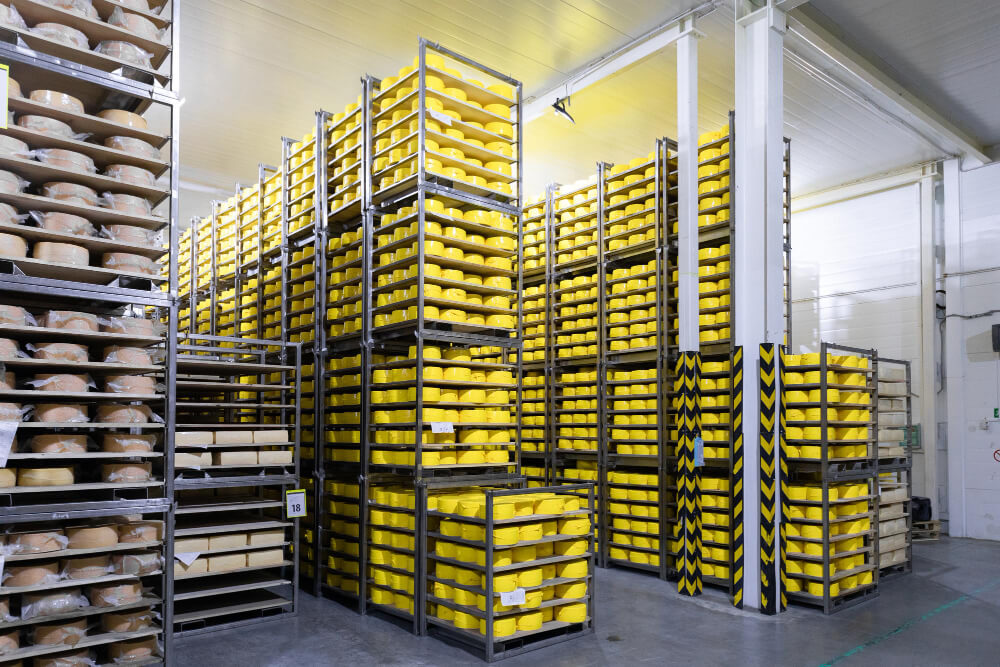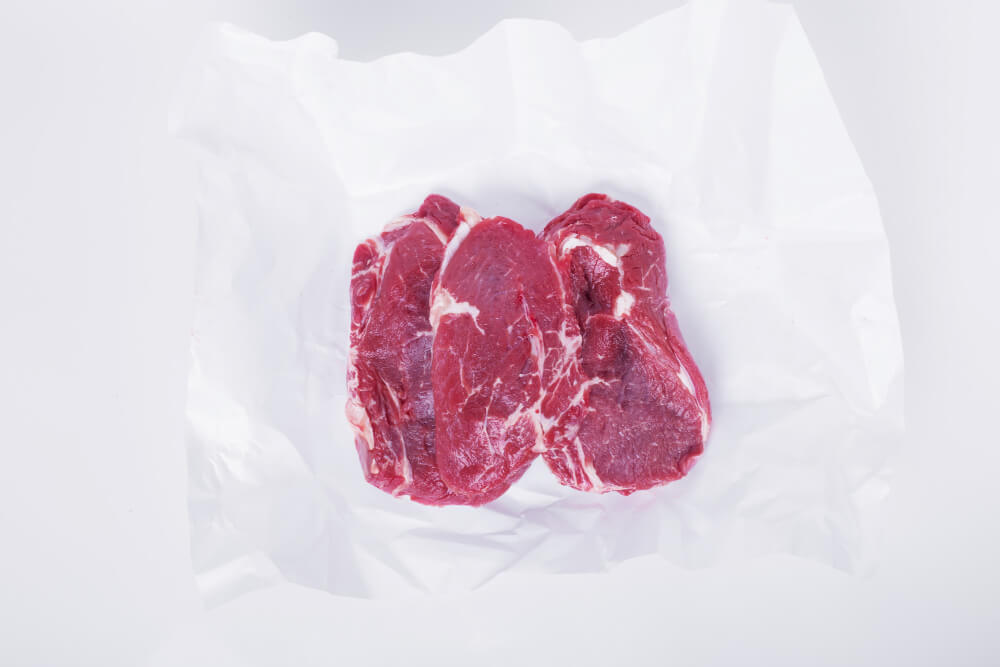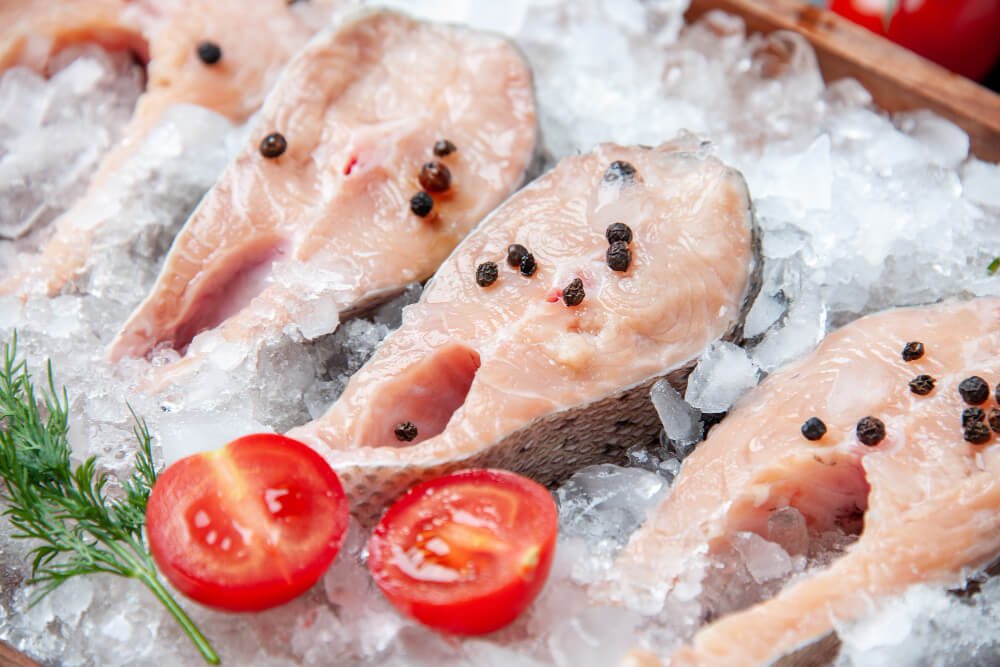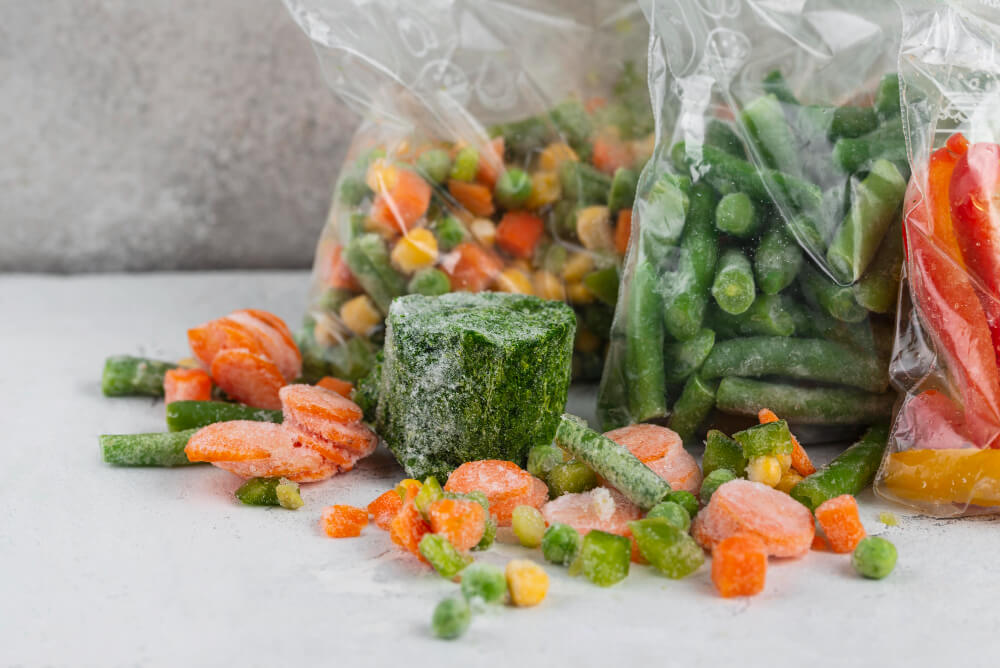
In the realm of food storage and preservation, refrigeration cold rooms stand as an indispensable tool for maintaining the freshness and quality of a wide array of perishable goods. These specialized environments provide controlled temperatures, humidity levels, and ventilation to ensure that different food groups are stored optimally. Understanding which foods should be stored in cold rooms and at what temperatures is crucial for businesses in the food industry, including restaurants, supermarkets, and food processing facilities.
The role of refrigeration cold rooms
Refrigeration cold rooms are large, insulated chambers designed to maintain specific temperature ranges for the storage of perishable items. They are equipped with powerful cooling systems, precise temperature controls, and humidity management features. These aspects collectively contribute to prolonging the shelf life of various food products and reducing the risk of spoilage, preserving both quality and safety.
Recommended temperatures for different food groups
Meat and Poultry
Recommended temperature: 0°C to 4°C
Meat and poultry products should be stored at temperatures just above freezing to inhibit bacterial growth. This range keeps these perishables fresh while slowing down the oxidation process.


Fish and seafood
Recommended Temperature: -1°C to 2°C
Seafood, particularly fish, is highly perishable and requires even lower temperatures. Storing fish and seafood at slightly below freezing temperatures ensures their quality and safety are maintained.
Dairy products
Recommended Temperature: 2°C to 7°C
Dairy products such as milk, cheese, and yogurt benefit from cool but not freezing temperatures. This range minimizes spoilage and extends their shelf life.
Fruits and vegetables
Recommended Temperature: 7°C to 13°C
Fruits and vegetables have specific temperature requirements to slow down the ripening process. This range maintains their texture, flavor, and nutritional value.

Bakery and Confectionery
Recommended Temperature: 15°C to 21°C
Baked goods like bread, cakes, and pastries are best stored in slightly cooler environments compared to room temperature. This prevents moisture accumulation and helps maintain their freshness.
Frozen Foods
Recommended Temperature: -18°C to -24°C
Frozen foods, including meat, vegetables, and ready-to-eat meals, require extremely low temperatures to remain safe for consumption over extended periods.
Beverages
Recommended Temperature: 4°C to 13°C
Beverages, including soft drinks, beer, and wine, should be stored at controlled temperatures to preserve their flavor and prevent spoilage.
In conclusion, refrigeration cold rooms play a pivotal role in the food industry by providing controlled environments for the storage of various perishable items. Understanding the recommended temperatures for different food groups is essential for maintaining the quality, safety, and longevity of these products. By adhering to these guidelines, businesses can ensure that their inventory remains fresh and safe for consumption, ultimately benefiting both the consumers and the bottom line.
